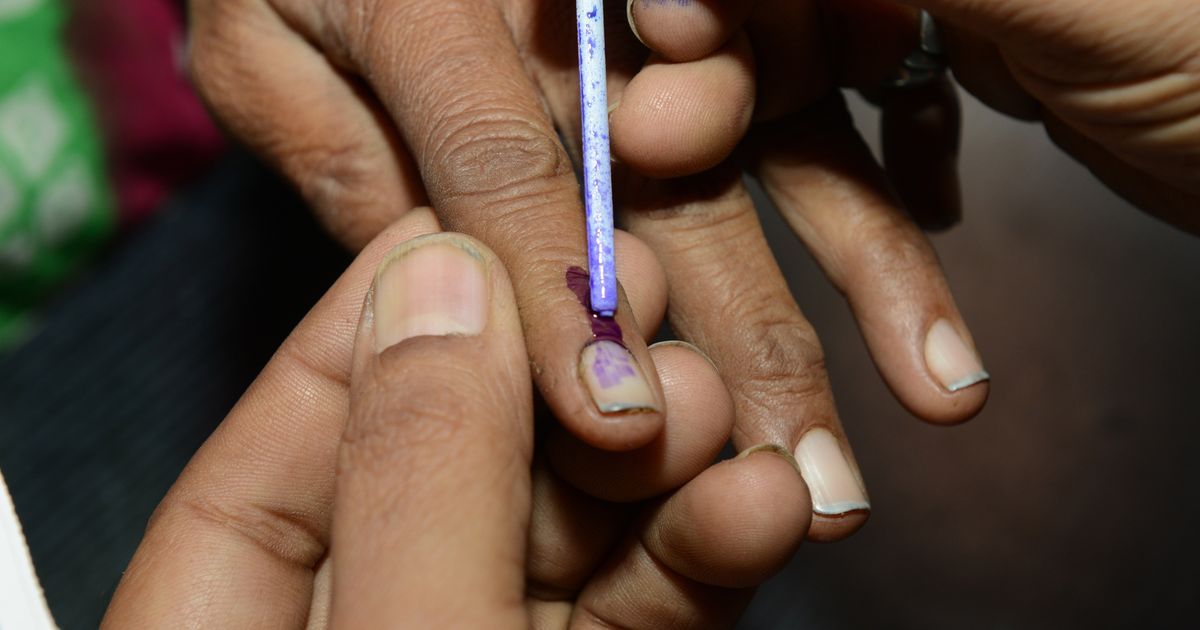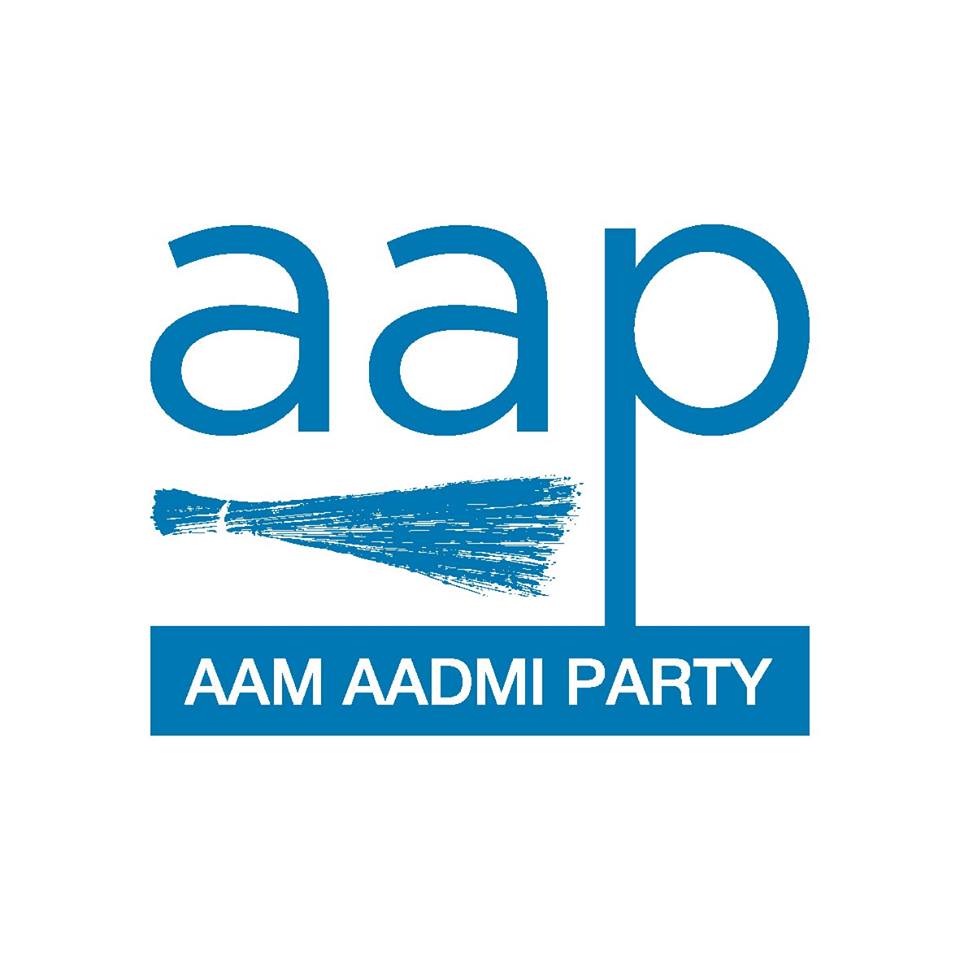
Ever since President Ram Nath Kovind talked about the need for simultaneous state and general elections, there has been renewed interest and discussion over the issue. The ruling party has gone ahead and added a tinge of nationalism to it as well.
They have come up with a nice phrase – One Nation, One Election. It is being said that simultaneous elections will save the taxpayers’ money and these funds will be used for public good. It is also being argued that the recurrence of state assembly elections is a great impediment to India’s growth story. The government is always handicapped by the Model Code of Conduct, it is constitutionally shackled to not take decisions and the ruling party often needs to resort to populist measures to keep their vote bank happy, rather than bring in bold and radical reforms needed for long-term growth.
When our Constitution was being formulated, a lot of thought was given before accepting the parliamentary form of democracy and decoupled assembly, parliamentary elections. Federalism is one of Indian democracy’s basic features. It encompasses, respects and reflects the diversity of India. This diversity is represented by the different states in their assemblies.
Simultaneous elections might seem like an exciting proposition but it will, in the long run, strike at the roots of our democracy and kill the very spirit of our Constitution.
Every assembly election reflects and raises local issues that might appear alien at the national level. These issues have to be addressed by the local leadership. Lok Sabha elections are held on national issues and when simultaneous elections are held, local issues may take a backseat. It could also lead to the voters getting confused about national and local issues.
In the present set-up, every state government is directly responsible and is held accountable at the time of polling. The issues plaguing them are mostly crystal clear to the voters. Discussions hinge upon state issues and if the government fails to deliver on their promises, they are taught a lesson during the next polls. If an incompetent government gets repeated in the confusion of simultaneity, it would just set the base for a political storm. Terrorism in Punjab, Kashmir and North-east is a reflection of a similar kind of malaise.
Also, a myth has been created that recurring elections and coalition governments are detrimental to economic growth. There is no denying that India has grown exponentially over the last 27 years. Surprisingly, it is the current Modi government that has, since 1991, had a majority of its own.
In 1991, the then PV Narasimha Rao-led government did not have a majority in the Lok Sabha but it still managed to usher in major economic reforms, thus changing the course of the nation. If today, India is looked at globally as an attractive economic destination, it is thanks to the reforms enacted by the then government. After Rao’s government, the HD Deve Gowda-led and IK Gujral-led governments were supported by 23 parties. Atal Bihari Vajpayee’s government survived for six years and was running on the crutches of 27 parties.
From 2004 to 2011, except in 2008 during the depression, India’s GDP had consistently been hovering around the 8.5% mark. This was the time Manmohan Singh was the Prime Minister and he was considered a weak leader without any mass base. Even he led a minority government.
If we apply the current rhetoric being peddled about recurring assembly elections and Model Code of Conduct, then India would never have progressed so much. It would never be counted among the global economic powers. The Manmohan Singh-led government floundered when it was riddled with serious corruption charges but it was not the Model Code of Conduct or state elections which impeded the country’s growth prospect. It is bad policies, lack of vision and leadership, policy paralysis, orthodoxy of the bureaucracy, over-centralisation of power and incompetence of the government which hampers the growth of a flourishing economy.
Since 2014, India has had a stable majority government, a charismatic and highly popular Prime Minister, yet the country continues to suffer from sluggish growth. Why?
Electoral simultaneity also has an ideological angle. The BJP and RSS have always advocated a very strong central government. Narendra Modi is not the first BJP leader who has talked about simultaneous elections. During the Vajpayee government, then Deputy Prime Minister LK Advani, too, floated an idea which was picked up by the PM. The debate was on even then.
Modi is articulating the same sentiment, which is part of RSS’ larger ideological plan. They consider democracy a sign of weakness. RSS second Sarsanghchalak (chief) and its ideological fountainhead, MS Golwalkar has articulated in his book Bunch of Thoughts that for the oneness of our holy motherland, a unitary state — one country, one legislature and one executive centre is — required.
“Towards this end, the most important and effective step will be to bury deep, for good, all talks of a federal structure of our country’s Constitution, to sweep away the existence of all autonomous or semi-autonomous states within the one state viz. Bharat and proclaim one country, one state, one legislature, one executive with no trace of fragmentation, regional, sectarian, linguistic or other types of pride being given a scope for playing havoc with our internal harmony,” he says.
In his opinion, “Federalism is an ill-conceived concept.”
It is in this very context that the BJP and RSS have talked about changing the parliamentary form of government to a presidential one. Even Mrs Indira Gandhi and her son Sanjay Gandhi fancied a presidential government. She tinkered with the Constitution through the 42nd amendment and wanted to amass all power. During her time, she had reduced the cabinet system to zero. She was the Prime Minister, she was the cabinet.
For Mrs Gandhi, it was more of a personal pursuit, but for the BJP and RSS, it is more of a conviction. They genuinely want to change the Constitution and have talked about it openly. Anant Kumar Hegde is not the first one, and he won’t be the last one. “Let the Constitution be re-examined and re-drafted so as to establish the unitary form of the government,” Golwalkar had said.
Simultaneous elections are a first step towards realising their desire. Since it’s more or less an RSS government at the Centre, with PM Modi and President Kovind being devoted swayamsevaks, it is incumbent upon them to fulfil one of the Sangh’s most cherished dreams. They just might do it but the bigger question is – will the people of India accept it?
(The author is a former journalist and member of the Political Affairs Committee of Aam Aadmi Party. Views are personal.)


8 Comments